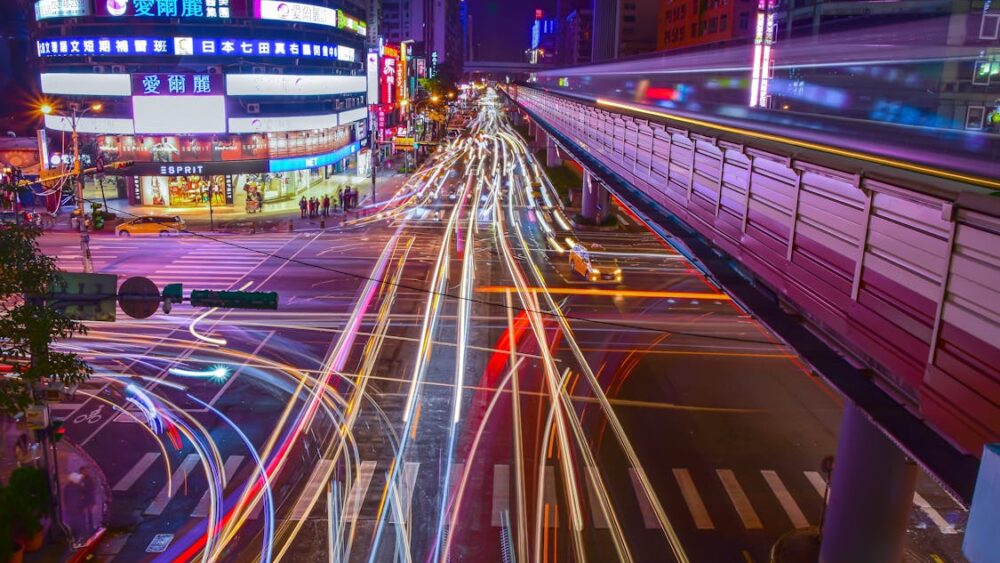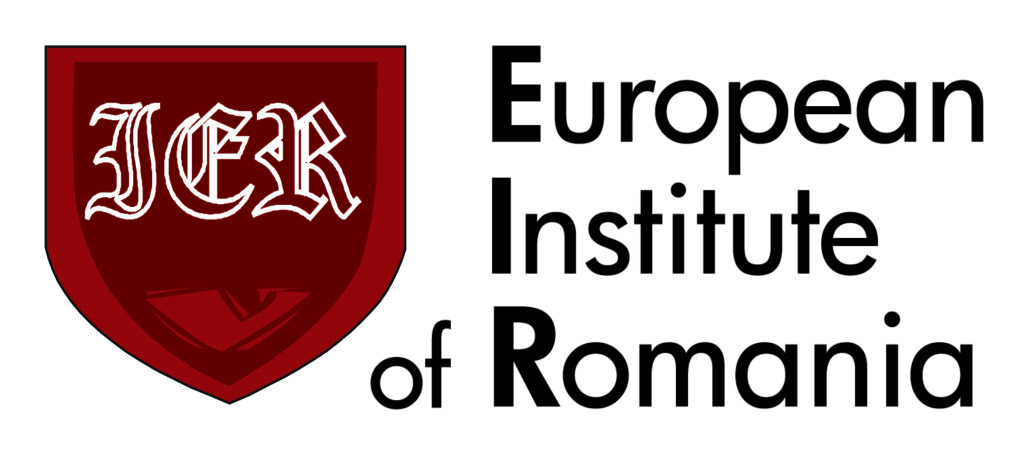For almost a month, the Russian Federation has been methodically shelling infrastructure facilities, mainly focusing on energy facilities (if it all started with threats to destroy or appropriate generating capacity, then gradually, the focus shifted to the distribution infrastructure). To understand the consequences, we must go back briefly and look at the beginning. Why the electricity supply, precisely on October 10 (the first powerful bombing of the entire territory after a long break)?
The beginning. Currently, it is not a secret that Russia seeks power primarily based on the resources and dependence on them of other countries. After the full-scale invasion began on February 24, many of the world’s economies felt their dependence on energy supplies and began to look for alternatives.
According to the International Energy Agency [1], the reduction in the supply of energy resources and the energy blackmail of Russia (Fig. 1) will be a factor in the faster transition to renewable energy. In an October 27 release, the organization predicted that demand for fossil fuels would decline or remain stable under all scenarios it calculated. It expected the adoption of renewable energy sources to accelerate.

At the same time, Ukraine tried to fight despite active hostilities, territories occupation, and economic activity reduction. That also includes seeking alternatives to support the economy and fill the budget. That also means increasing export revenues – traditionally provided by metallurgy (including the destroyed Azovstal) and agro-industrial enterprises.
One of these alternatives was the supply of electricity to the EU, which, also due to the actions of the Russian Federation, needed diversification of sources of energy supply. In the first two weeks of September, Ukraine earned $131 million from the export of electricity, while for the whole of August – $73 million. If the trend continues, Ukraine can make about $260 million from the export of electricity in September, which is more than last year. According to the forecasts of the head of the operator of the Ukrainian energy system, the state-owned company Ukrenergo, after joining ENTSO-E, export income is increasing every month, and electricity has already taken second place in the trade balance after agricultural products [2]
Ukraine exports electricity to Poland and Moldova. According to the State Customs Service, Ukraine exported $279 million worth of electricity in January-August. It is almost 10% more than for the whole of last year – $257 million. Ukraine received a third of this income from exports to Poland, 21% to Slovakia, and 16% to Romania [3].
What is most important is that, according to the forecasts of the Ministry of Economy of Ukraine, if by the end of the year, the export capacity will increase to 2,000 MW. The prices will remain at the current level, then Ukraine will be able to receive approximately $600 million per month for exporting its electricity, or $7.2 billion per year. For comparison: Ukraine currently receives $1.2 billion per year for the transit of Russian gas. In the peak year of 2011, transit brought in $3.5 billion [4].
Therefore, Ukraine hoped for positive results from the ENTSO-E meeting on October 10 regarding the increase in the possibility of exporting Ukrainian electricity, according to the statement of the adviser to the Minister of Energy of Ukraine, Olena Zerkal [3].
The reaction of the Russian Federation. On October 10, the Russian Federation launched attacks on critical infrastructure facilities in Ukraine. All regions began to turn off the lights [5]. Then, in just one day, 30% of Ukraine’s energy infrastructure was damaged [6]. That not only contributed to the energy crisis but also to a significant increase in economic losses (Fig. 2).

On the morning of October 22, the occupiers again massively hit the territory of Ukraine with rockets. “Ukrenergo” stated that the scale of damage is comparable to or may exceed the consequences of the attack on October 10-12. At that time, almost 1.5 million subscribers in seven regions were disconnected from the electricity supply [7] (Fig. 3). In the morning of October 31, the adversaries struck many regions of Ukraine; power substations, hydropower and heat generation facilities were damaged, and problems arose with electricity and water supply [8]

Therefore, the Russian Federation’s launching massive missiles and drone attacks on Ukrainian critical energy infrastructure facilities aimed at two main goals:
1) to leave Ukrainian citizens without electricity, heat, and hot water supply during the 2022/2023 heating period;
2) to stop electricity export and worsen the energy crisis in the European countries, i.e., the energy crisis that was primarily caused by the deliberate disruption of natural gas supply to the EU market by Russia
The Minister of Energy of Ukraine Herman Halushchenko said this in a comment for Bloomberg [9].
What’s next? Ukraine was forced to stop exporting electricity due to Russian missile attacks on energy facilities. According to the statement of the Minister of Energy of Ukraine, Russia continues to carry out energy terror against Ukraine and also increases energy pressure on the European Union.
Ukrainian electricity, which the country exported after synchronization to the EU and through separate lines to Moldova and Poland, helped Europe replace Russian gas and supported the stability of the European energy system.
Even after the Zaporizhia nuclear power plant, which has been under Russian occupation for more than seven months, was stopped, Ukraine fulfilled its obligations to its European partners for electricity export. [10].
Moreover, for the first time, Ukraine began to import electricity from the EU [11]. The test import of electricity was carried out from Slovakia. Its capacity was 1 MW, and Poland is currently joining the initiative.
For EU countries, the destruction of Ukraine’s energy systems means a new search for energy supply alternatives while simultaneously supporting Ukraine. It will lead to a greening energy supply and energy consumption (Fig.4).

However, for now, this means new problems. In particular, Poland expected to import electricity, because Ukrainian electricity is three times cheaper than Polish electricity. On the other hand, during the energy crisis in Poland, meeting the demand becomes increasingly difficult. The connection of the cross-border network with Ukraine could help both countries. For now, Poland is supported by a power transmission line with Sweden or a cross-border connection with Germany, with which we can exchange this energy permanently when necessary, increasing the internal market’s flexibility [13].
As a result, European countries should reconsider their energy supply plans before winter. As for Ukraine, the destruction of energy systems has several consequences at once.
Socio-psychological – the aim here is to intimidate the population due to the impossibility of providing light, heat, and water. Initiate panic consequences and provoke another wave of emigration, particularly due to the threat of blackout and evacuation [14]. It was the evacuation of the inhabitants of the table, which had already repelled the attack in the first days of the full-scale invasion.
Economic – large-scale destruction and increased direct and indirect losses from missile strikes. It is increasing total cost and recovery time. Reduced economic development and recovery opportunities as businesses face new challenges and remote work due to power outages also becomes a daily challenge. All this is happening against the background of improved forecasts for Ukraine from the World Bank (the projected GDP reduction was changed from 45% to 30%).
Political experts point out that this is another attempt to force Ukraine to sit at the negotiating table on terms other than its own. Russia hopes that Ukrainians will despair and seek comfort more than freedom and demand a truce from the authorities.
But Ukraine continues to resist. Ukrainian businesses and residents are adapting to the new reality and continuing the struggle. I believe, that after this war’s end, a candlelit evening will not seem romantic to many.
Foto: PAP/EPA
- World Energy Outlook (2022) https://iea.blob.core.windows.net/assets/75cd37b8-e50a-4680-bfd7-0424e04a1968/WorldEnergyOutlook2022.pdf
- В. Кудрицький (2022) FB shorturl.at/denEX
- А. Прасад (21.09.2022) Експорт електроенергії FORBS https://forbes.ua/news/ukraina-zbilshue-eksport-elektroenergii-v-evropu-v-nichni-godini-21092022-8511
- Новини (2022) Міністерство економіки shorturl.at/ejvJY
- Новини (10.10.2022) Уніан – https://www.unian.ua/economics/energetics/cherez-deficit-elektroenergiji-u-kiyevi-ta-oblasti-pochali-vidklyuchati-svitlo-grafik-novini-kiyeva-12008529.html
- Новини (12.10.2022) Уніан https://www.unian.ua/economics/energetics/rosiya-za-dva-dni-pidirvala-blizko-tretini-energetichnoji-infrastrukturi-ukrajini-podrobici-12008604.html
- Brief Ukrainian energy sector evaluation and damage assessment (October 24, 2022) – https://www.energycharter.org/fileadmin/DocumentsMedia/Occasional/2022_10_24_UA_sectoral_evaluation_and_damage_assessment_Version_III.pdf
- Новини (31.10.2022) Уніан https://www.unian.ua/war/vorozhiy-udar-po-ukrajini-sogodni-ministr-energetiki-rozkriv-vazhlivi-podrobici-12029640.html
- Ukraine Reconnects Nuclear Plant to Stabilize System (October 13, 2022) Bloomberg https://www.bloomberg.com/news/videos/2022-10-13/ukraine-reconnects-nuclear-plant-to-stabilize-system-video?fbclid=IwAR2nxC4gyf_YBkiXuwq43IFqHR87UzJA_1lOf9FwFAL26qQ5pkWbLsRiyTE
- Заява (11.10.2022) Міністерство енергетики України https://mev.gov.ua/novyna/ukrayina-prypynyaye-eksport-elektroenerhiyi-cherez-rosiyski-raketni-obstrily-enerhetychnykh
- Elektroenergetyka (28.10.2022) https://energia.rp.pl/elektroenergetyka/art37321151-ukraina-po-raz-pierwszy-zaimportowala-prad-z-ue-w-kijowie-brakuje-mocy
- Statista https://www.statista.com/chart/28456/energy-mix-in-europe/
- Sonia Sobczyk-Grygiel (4 października 2022) Prąd z Ukrainy kołem ratunkowym dla nas i wsparciem dla Kijowa Gazeta Prawna – https://serwisy.gazetaprawna.pl/energetyka/artykuly/8561044,prad-z-ukrainy-do-polski-zwiekszenie-importu-energii.html
- Ukraine updates: Klitschko warns Kyiv may face blackouts (November 11, 2022) Deutsche Welle – https://www.dw.com/en/ukraine-updates-klitschko-warns-kyiv-may-face-blackouts/a-63661568

IF YOU VALUE THE INSTITUTE OF NEW EUROPE’S WORK, BECOME ONE OF ITS DONORS!
Funds received will allow us to finance further publications.
You can contribute by making donations to INE’s bank account:
95 2530 0008 2090 1053 7214 0001
with the following payment title: „darowizna na cele statutowe”

































Comments are closed.